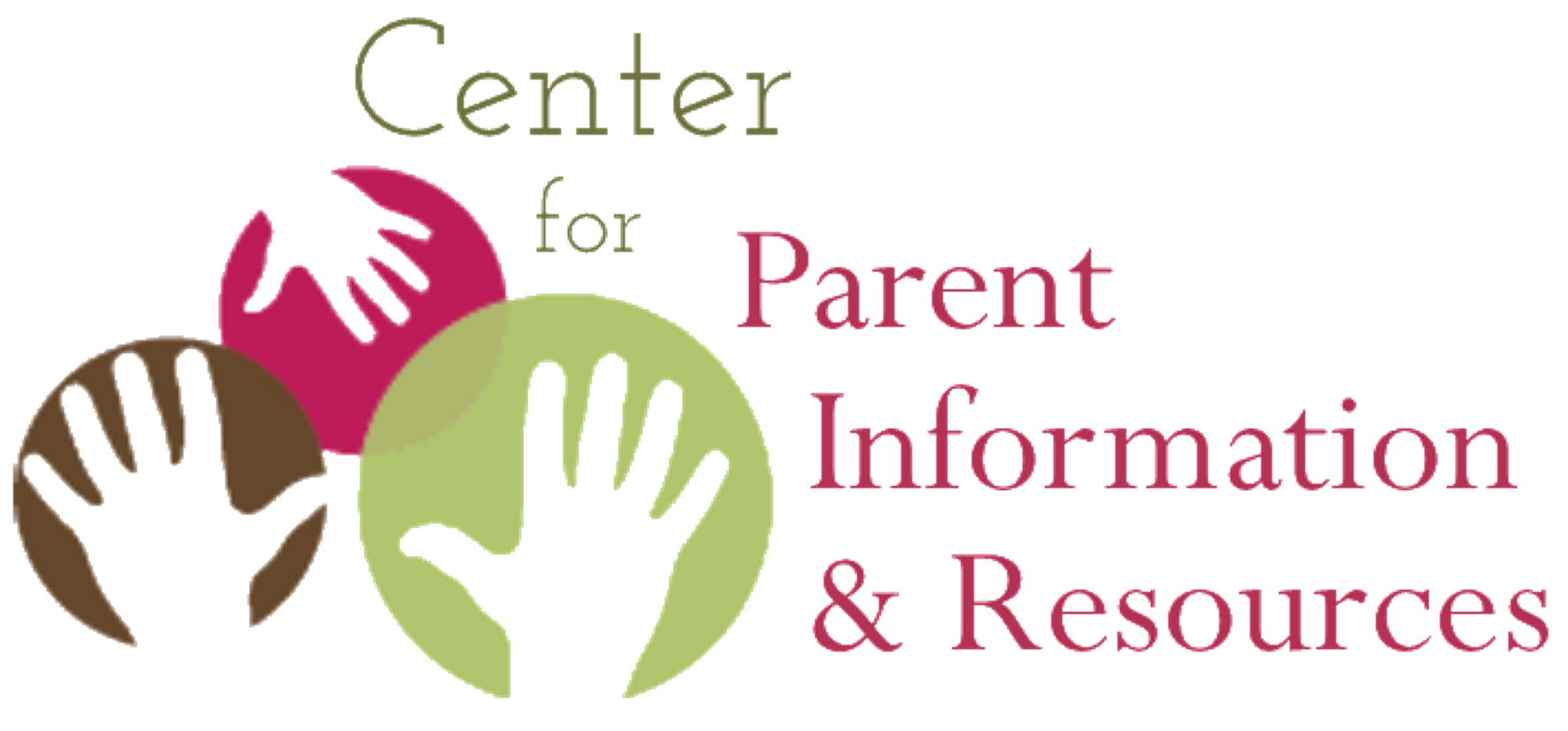A library collection hosted by CPIR
Developed by NAPTAC | Native American Parent Technical Assistance Center
New resources being developed by LDAH | Leadership in Disabilities and Achievement of Hawaii
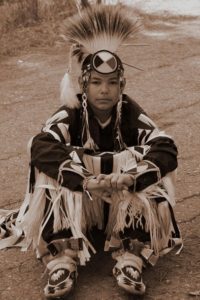 Tier 1 materials in the Native American Resource Collection introduced and discussed the cultural and historical background that has impacted Native communities. Tier 2 focused on how a Parent Center might begin or expand its outreach to and service delivery to American Indian/Alaska Native (AI/AN) and Native Hawaiian communities.
Tier 1 materials in the Native American Resource Collection introduced and discussed the cultural and historical background that has impacted Native communities. Tier 2 focused on how a Parent Center might begin or expand its outreach to and service delivery to American Indian/Alaska Native (AI/AN) and Native Hawaiian communities.
The Tier 3 materials below delve more deeply into matters affecting Native children and youth, especially those with disabilities. The materials begin with preschool challenges; move on to K-12 educational realities for Native students; explore issues that directly concern Native young people, such as bullying, cyberbullying, and the importance of resilience; and finish up with considerations for planning for transition to adulthood. Note that the very last resource listed on this page also appeared as part of Tier 2 materials.
Preschool Challenges
A Native Perspective on Preschool Suspension and Expulsion
This article highlights key findings on preschool suspension and expulsion based on the Civil Rights Data Collection (CRDC). There are significant racial disparities in how Native preschoolers are disciplined, including being suspended or expelled from preschool, and the frequency of the discipline, all of which has a powerful impact on young children’s mental well-being. The article will help Parent Centers who work with young Native children with disabilities to understand key barriers they face in their earliest years of school and how these influence children’s social-emotional well-being and academic achievement. [4-page brief in Word and PDF, Reviewed in 2024]
A Native Perspective on Preschool Suspension and Expulsion in Word
A Native Perspective on Preschool Suspension and Expulsion in PDF
Back to top
___________________________________________
Educational Realities of Native Children and Youth
We’re pleased to share two resources that explore the challenges (past and present) associated with the education that Native children and youth receive. These are:
The State of Native Education: Facts for Parent Centers
This brief shares key findings from the National Indian Education Study (NIES) report released in March 2017. It sheds light on the academic performance of American Indian and Alaska Nativestudents in reading and mathematics, as well as their exposure to Native culture in school and in the home. Parent Center staff will find important contextual information that can contribute to outreach initiatives with AI/AN parents and communities. [4-page brief, available in Word and PDF, Reviewed in 2024]
The State of Native Education | in Word
The State of Native Education | in PDF format
___________________
Infographic: Educating Native Students: Then and Now
To better understand how the current Native education system was established, the National Indian Education Association (NIEA) produced the Native Nations and American Schools: The History of Natives in the American Education System in 2016.
This infographic was created to summarize the findings described in the report and places the findings within a key historical truth that has greatly impacted how Native communities interact with schooling in the U.S. (Also listed in Tier 1 materials) [2-page infographic, available in PDF only, Updated in 2024]
Educating Native Students: Then and Now| in PDF format
Back to top
___________________________________________
What Matters to Native Youth
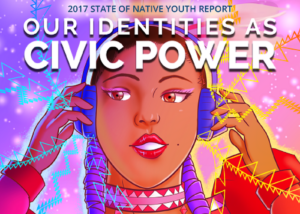
What’s Important to Native Youth?
In 2016 the Center for Native American Youth (CNAY) asked Native youth nationwide to name the major issues facing young people in their community. Their answers are outlined in the “2017 State of Native Youth Report: Our Identities as Civic Power.” Several NAPTAC products were developed to summarize what Native youth had to say. These will support Parent Centers in working with all Native American youth with disabilities, expanding outreach to and relationships with Native communities, and adapting youth-oriented trainings to include Native voices and issues that will resonate with all Native American youth. [3-page brief in Word; a 2-page brief in PDF; 2-page infographic in PDF; and here online at CPIR, for easy reading, 2018]
What’s Important to Native Youth? | Read it here online (HTML version)
What’s Important to Native Youth? | 3-page brief in Word (For accessibility)
What’s Important to Native Youth? | 2-page brief in PDF (Same as what’s above, but compact and easy to copy and share)
What’s Important to Native Youth? | 2-page infographic in PDF (Graphic depiction of the content)
_________________________
Webinar: Bullying and Cyberbullying: Focusing on Native Youth with Disabilities
This powerful 47-minute webinar led by Joann Sebastian Morris is tailored expressly for Parent Centers to assist them in their outreach to Native parents by:
-
- Increasing their awareness of bullying in general and its impact on AI/AN youth, particularly those with disabilities
- Increasing their awareness of cyberbullying and sexting
- Learning bullying prevention strategies that Parent Centers can share with Native parents
We are pleased to share the 2017 webinar with you (linked below), as well as the PowerPoint presentation used in the webinar (which includes speaker notes). In the next set of resources listed, you’ll also find a supporting brief on bullying, another on cyberbullying, and then an extensive resource list on both of these serious behaviors that affect many youth with disabilities, including AI/AN and Native Hawaiian youth.
Watch the webinar at: https://www.youtube.com/watch?v=lodmVJuWb-Q
PowerPoint Presentation and PDF of the Webinar on Bullying and Cyberbullying
PowerPoint slideshow | PDF of the slideshow
_________________________
Bullying: What American Indian and Alaska Native Parents Need to Know
Bullying continues to be a significant problem for youth, parents, school counselors, and many others. Students with a behavioral, emotional or developmental disability are at a greater risk for bullying than other youth. This article provides current information about bullying in general, and specific information about bullying of Native youth and those with disabilities. It also offers action steps for parents to take. This brief supports Parent Centers by providing them with a culturally relevant handout to distribute at training sessions or outreach events held in Native urban, rural, or reservation communities. [4-page brief, available in Word and PDF, 2020 update]
Bullying: What Native Parents Need to Know | in Word
Bullying: What Native Parents Need to Know | in PDF
_________________________
Cyberbullying: What American Indian and Alaska Native Parents Need
to Know
Cyberbullying continues to be one of the biggest challenges faced by youth when they are online. Yet, many parents remain unaware of how to protect their children and youth from online bullying. This article provides background information about cyberbullying and sexting and their impact on Native American youth with disabilities. It also includes a variety of action steps for parents. This brief supports Parent Centers by providing them with a culturally relevant outreach tool to share when hosting a training event or an information booth in or near a Native community. [4-page brief, available in Word and PDF, 2020 update]
Cyberbullying: What Native Parents Need to Know | in Word
Cyberbullying: What Native Parents Need to Know | in PDF
_________________________
Resources on Bullying and Cyberbullying of Native Youth
This resource list on bullying and cyberbullying has been compiled expressly for Parent Centers and the Native families and communities they serve. The list supports Parent Centers by enabling them to connect with some of the top agencies and organizations, publications, bullying prevention programs, and websites that address bullying and cyberbullying. The list can also be provided as a handout to Native parents during training sessions and other outreach events in urban, rural, and reservation communities. [4-page brief, available in HTML, Word, and PDF, 2020 update]
Resources on Bullying and Cyberbullying of Native Youth | here, on the Hub, in HTML
Resources on Bullying and Cyberbullying of Native Youth | in Word
Resources on Bullying and Cyberbullying of Native Youth | in PDF
Back to top
___________________________________________
Reinforcing Resilience
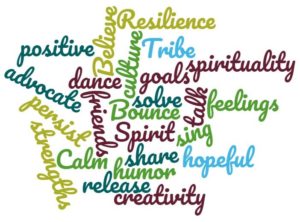 Resilience is “… the process of adapting well in the face of adversity, trauma, tragedy, threats, or significant sources of stress…It means ‘bouncing back’ from difficult experiences.” As part of supporting Native families and addressing the impact of intergenerational historic trauma, reminding Native families and youth of their innate resilience is extremely important. Two resources on resilience follow, to help Parent Centers and the Native families with whom they work.
Resilience is “… the process of adapting well in the face of adversity, trauma, tragedy, threats, or significant sources of stress…It means ‘bouncing back’ from difficult experiences.” As part of supporting Native families and addressing the impact of intergenerational historic trauma, reminding Native families and youth of their innate resilience is extremely important. Two resources on resilience follow, to help Parent Centers and the Native families with whom they work.
Reinforcing Resilience: How Parent Centers Can Support American Indian and Alaska Native Parents
This brief describes the historic importance of resilience in Native communities and the cultural strengths that endure and that must be nurtured. It suggests ways that Parent Centers can share the beliefs, behaviors, and skills that reinforce resilience with Native parents of youth with disabilities. As a culturally relevant article, it also supports Parent Centers by providing them with a handout that would be welcomed by Native parents at outreach events and activities in or near a Native community. [2-page brief, available in PDF and here online, 2018]
Reinforcing Resilience: How Parent Centers Can Support AI/AN Parents | in PDF
Online HTML version of the brief for parents
_________________________
Bouncing Back from Setbacks: A Message for American Indian and Alaska Native Youth
This brief is written directly to Native youth, as if it were a letter coming from the local Parent Center. It talks about the power of “bouncing back” from adversity and how, thankfully, aspects of traditional Native culture and values have survived and can continue to provide powerful supports today. It highlights 10 skills known to be builders of resilience in youth. This is a powerful, culturally appropriate handout for Parent Centers to share when conducting outreach to urban, rural, or reservation-based Native youth. [2-page brief, available in PDF and here online, 2018]
Bouncing Back from Setbacks: A Message for AI/AN Youth | in PDF
Online HTML version of the brief for youth
___________________________________________
Transition to Adulthood
The Impact of Traditional Native Values on Transition Planning
The transition planning process assumes that all youth with disabilities and their parents see independent living as a primary end-goal. That is not necessarily the case for all AI/AN parents and their youth with disabilities. This brief explores how the values of American Indians and Alaska Natives can impact the transition planning process and offers suggestions to guide Parent Center work with Native youth and families when planning for life after high school. [4-page brief, available in Word and PDF, 2017]
Impact of Traditional Native Values on Transition Planning | in Word
Impact of Traditional Native Values on Transition Planning | in PDF format
_________________________
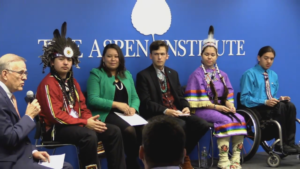 Reaching Out to American Indian and Alaska Native Youth with Disabilities
Reaching Out to American Indian and Alaska Native Youth with Disabilities
This expanded brief (which also appears in Tier 2 materials) explores how Parent Centers might plan and conduct outreach to American Indian and Alaska Native youth with disabilities. By referencing Native-specific organizations and resources, this guide supports Parent Centers in addressing a key federal priority—that is, to connect directly with youth who have disabilities and to increase their capacity to be effective self-advocates. [8-page brief, available in Word and PDF, 2017]
Reaching Out to Native Youth | in Word
Reaching Out to Native Youth | in PDF
_______________
Additional Resources and Recommended Reads
Education and Socio-Economic Status Native Hawaiian Students
There are two specific policies in place in the state of Hawai’i that promote Native Hawaiian
education. Those policies are Policy 105-7 in which the Board of Education recognizes the
importance of Hawaiian education and its implementation in Hawaii’s public education system,
and Policy 105-8 which provides bicultural and bilingual education through the Kaiapuni
Educational Program. [2-page brief, available in PDF, 2024]
Education and Socio-Economic Status Native Hawaiian Students | in PDF
Juvenile Crime and Substance Use of Native Hawaiian Youth
Nationally there is a lack of racial and ethnic data and the ineffective collecting and reporting of
data on Native Hawaiian children and youth. Consistently, only one state collects reliable data
on Native Hawaiian youth: Hawaii. Thus, the emphasis of this brief is on Hawaii state data. [2-page brief, available in PDF, 2024]
Juvenile Crime and Substance Use of Native Hawaiian Youth | in PDF
_______________
Which part of the NAPTAC Library would you like to visit now?
Return to the Native American Resource Collection’s landing page
Tier 1: Native Culture and Background
Tier 2: Outreach to Native Communities
Tier 3: Native Children and Youth (You’re here now.)
Updated October 2024

